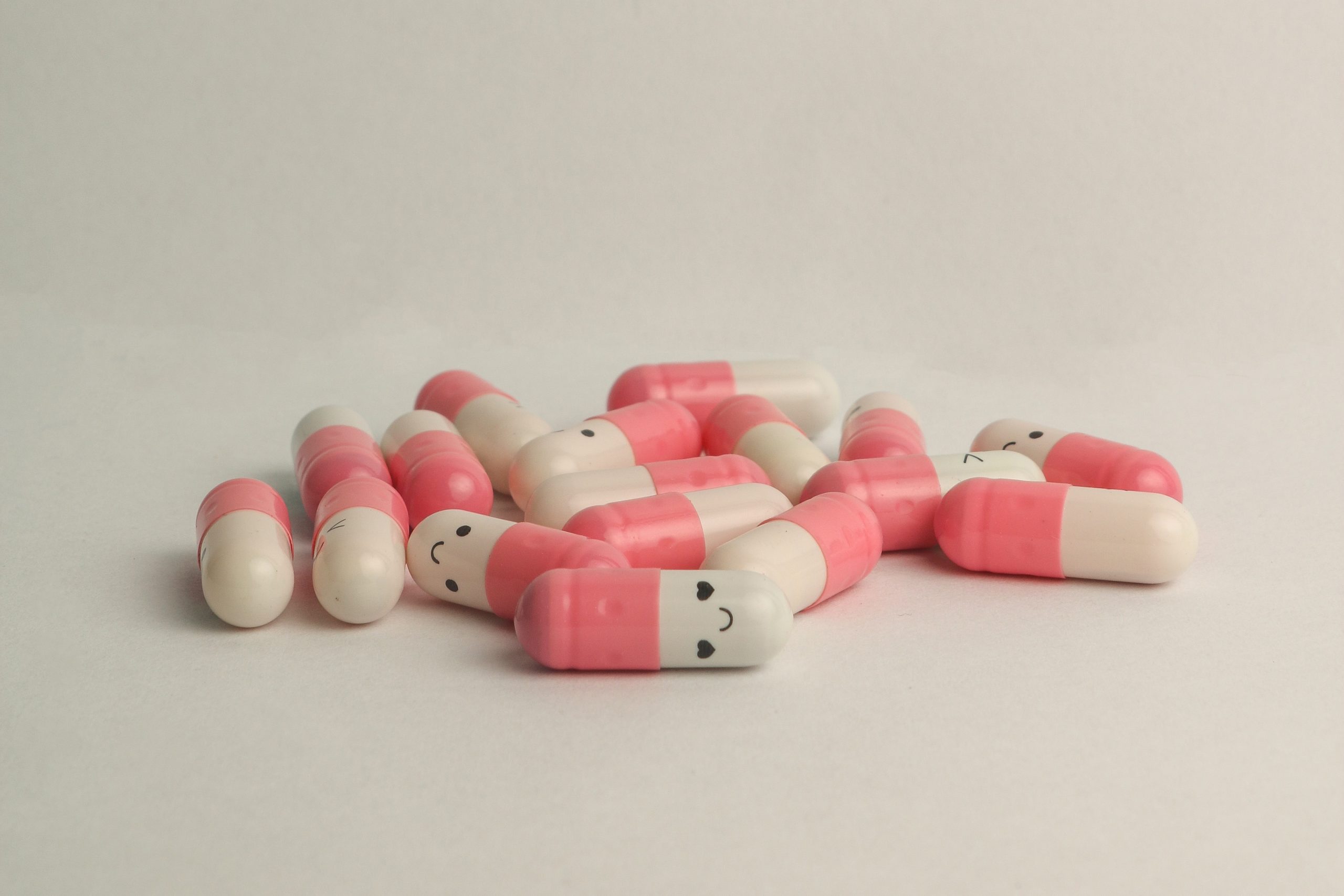The Four Best Treatments for Food Allergies
 We advocate the use of four different “desensitization treatments” for food allergies. These treatments work for any allergy, from the most obscure to the most severe, and can be used individually or in combination. Treatments should be done under the guidance of medical professionals. The good news is that more and more allergists are becoming aware of these treatments and you should be able to find someone in your area who can help. The four desensitization treatments we recommend are:
We advocate the use of four different “desensitization treatments” for food allergies. These treatments work for any allergy, from the most obscure to the most severe, and can be used individually or in combination. Treatments should be done under the guidance of medical professionals. The good news is that more and more allergists are becoming aware of these treatments and you should be able to find someone in your area who can help. The four desensitization treatments we recommend are:
- Oral Immunotherapy (OIT): This is the most common treatment method available today, and it can treat any food allergy. It is an individualized treatment that works by slowly increasing the intake of the allergen until reaching a maintenance dose. The goal is to desensitize the patient and thus prevent triggering future allergic reactions.
- Sublingual Immunotherapy (SLIT): This treatment is often used when patients can’t tolerate the lowest dose of OIT, or for people who want an easier-to-manage option than OIT. It uses the regular administration of gradually increasing doses of allergens, delivered via drops under the patient’s tongue, to achieve tolerance.
- Epicutaneous Immunotherapy (EPIT): Better known as patch therapy, EPIT works by increasing tolerance to a food allergen through the skin. It is far less widely used than OIT or SLIT and few allergists in private practice offer this treatment, perhaps because it really only offers partial protection and does not usually get someone to free eating status or sustained tolerance. However, it might be a viable option for those who are unable to tolerate the starting doses of SLIT, and then want to move into SLIT and eventually OIT.
- Chinese Herbs (FAHF-2): This is a nine-herb formula that is typically administered through a combination of pills, creams, and baths. It works to target food allergies by stimulating the regulatory arm of the immune system and dampening allergic activity. It is well documented in scientific research, and is considered safe, is well-tolerated, and has had no serious adverse effects.
We make no claims to this being a quick and easy path. It’s not. While one may be able to begin eating formerly forbidden foods in as little as a few months, total food allergy freedom typically takes at least three years. Protocols can be challenging and require discipline. But in our experience, it’s worth the effort!
So Why Does Nobody Know About This?
The fact that so many people and, perhaps even most, allergists are not aware of how prevalent food allergy treatments have become is a result of the fact that treatments are done with food, not pharmaceuticals. Traditionally, the FDA doesn’t review or approve treatments that involve natural foods and are drug-free, like the four proven treatments discussed in this book.
There are over 5,000 allergists in the U.S., and fewer than 2% of them offer these treatments either because they do not know they exist, or because they fear the lack of standardization that FDA approval provides. But with food allergy treatments there is no need for drugs — allergists treat patients by carefully giving them increasing doses of the foods to which they are allergic. It’s natural. It takes time. And it’s not for everyone. But for those who choose it, food allergy treatments can give them a normal life.